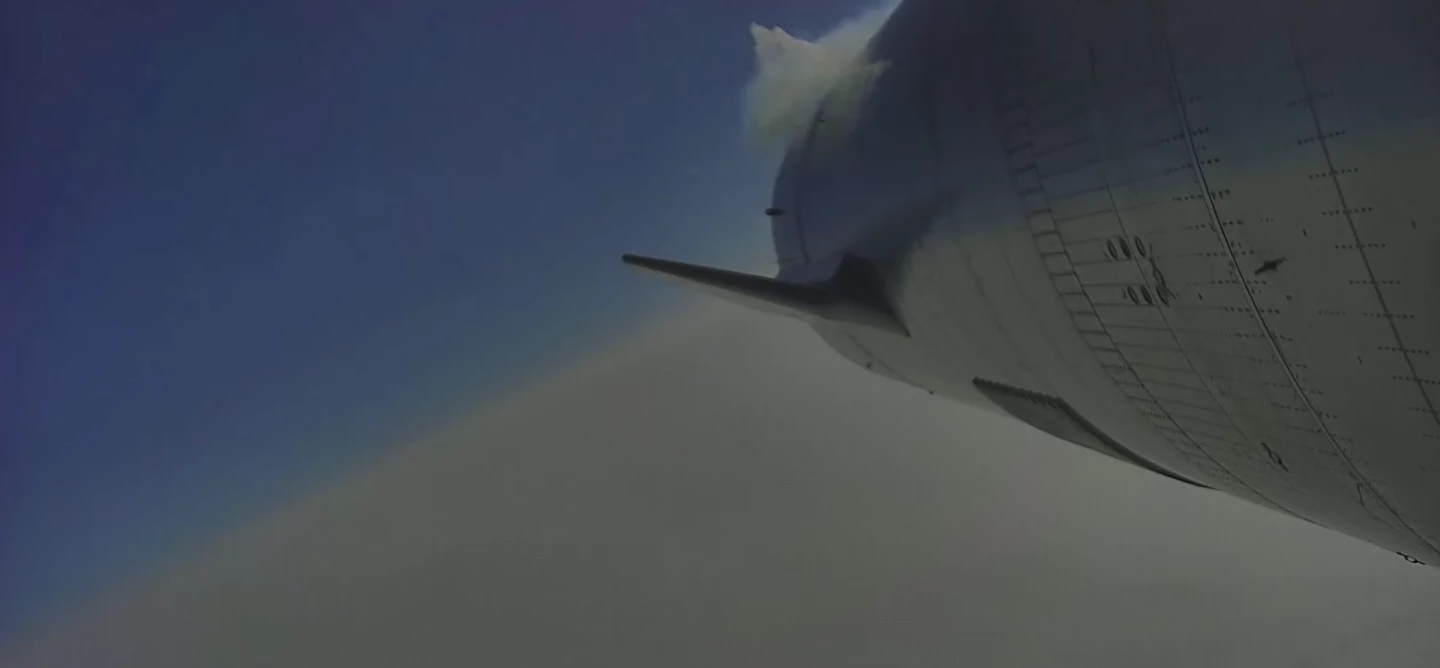Following a series of impressive yet explosive attempts to bring down its giant spaceship built for interplanetary travel, SpaceX has today successfully landed its Starship prototype without exploding for the first time. The achievement is a major one for the company as its efforts to reach the Mars continue apace, and validates its approach to an unprecedented and highly complex landing maneuver that will be key to landing on the Moon and other planets.
Designed to be resuable, the Starship is the next-generation vehicle SpaceX hopes to use to transport people and cargo to the Moon and Mars, and over the past six months has been put through a series of high-altitude flight tests as engineers continue to optimize the design.

This included the first sub-orbital flight of the SN8 prototype in December, which hit the ground at high speed on return and exploded in a fireball, SN9 which reached an altitude of 10 km (33,000 ft) in February and exploded in a fireball, and then SN10 which managed to land momentarily in March, before also exploding in a fireball.
The SN15 prototype flown today as Starship's fifth high-altitude test carried a number of design improvements, according to SpaceX. These include an updated avionics suite and propellant architecture, and a redesigned configuration of its three Raptor engines.
These engines are what powered SN15 to an altitude of 10 km again today, shutting down in sequence prior to reaching altitude. On the way back down, Starship shifts to a horizontal orientation and uses four flaps to slow its descent and steer its way back to Earth, much like a skydiver, in what's described as a "belly flop" maneuver.

As it nears the Earth and its landing location, the Raptor engines are reignited and the Starship returns to a vertical orientation before touching down on the pad. It is at this point that the previous prototypes failed, but no such fate awaited SN15, with the prototype managing to land on the pad and remain intact, aside from a small fire at the base which was promptly extinguished.
Starship landing nominal!
— Elon Musk (@elonmusk) May 5, 2021
Prior to the flight of SN8 in December, this unpowered landing sequence and belly flop maneuver had never been attempted with a vehicle of this size. SpaceX sees the technique as critical to reusability of the Starship and the company's ambitions of landing the craft at different locations across the Solar System, where landing zones are likely to be a lot less hospitable than the smooth concrete at its Starbase in Texas.
You can check out video of the full SN15 test flight below.
Source: SpaceX





